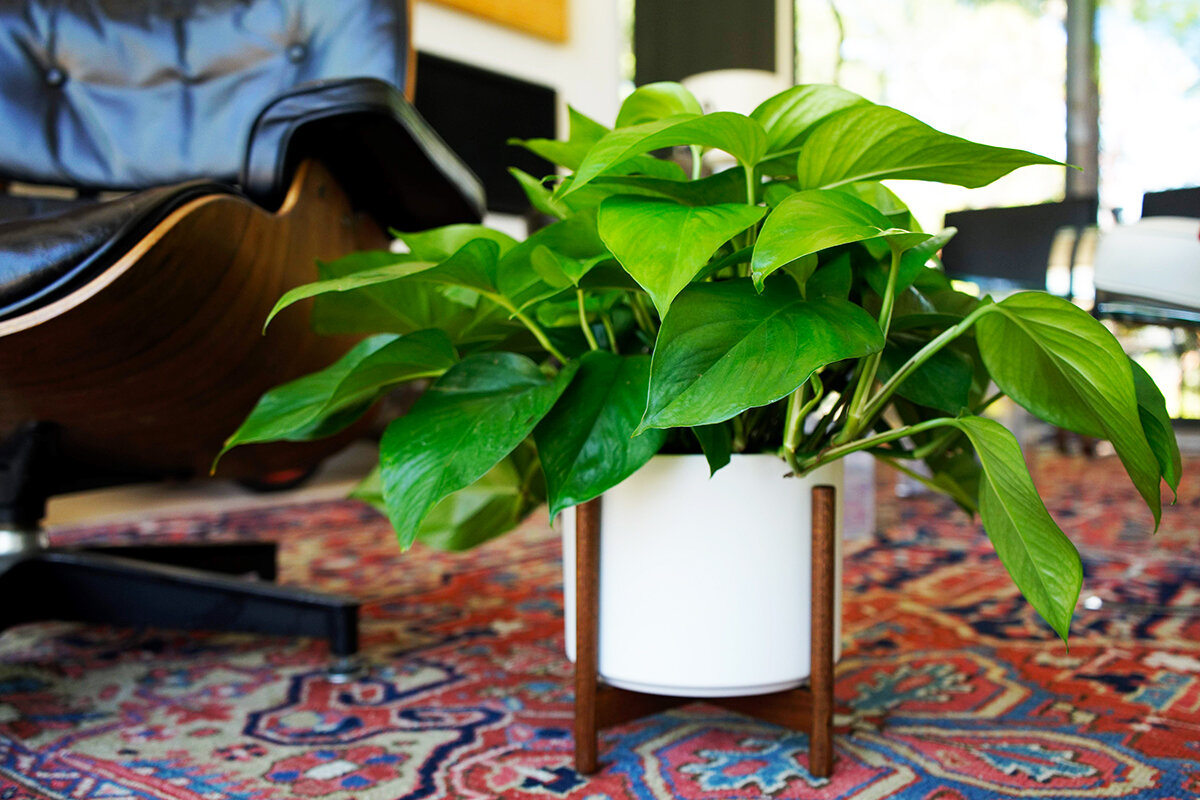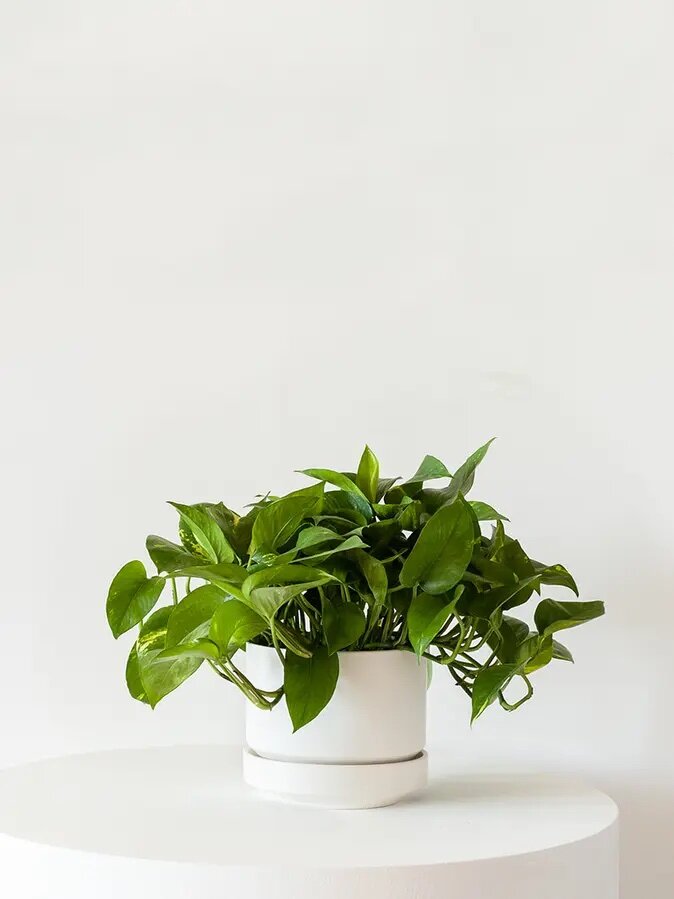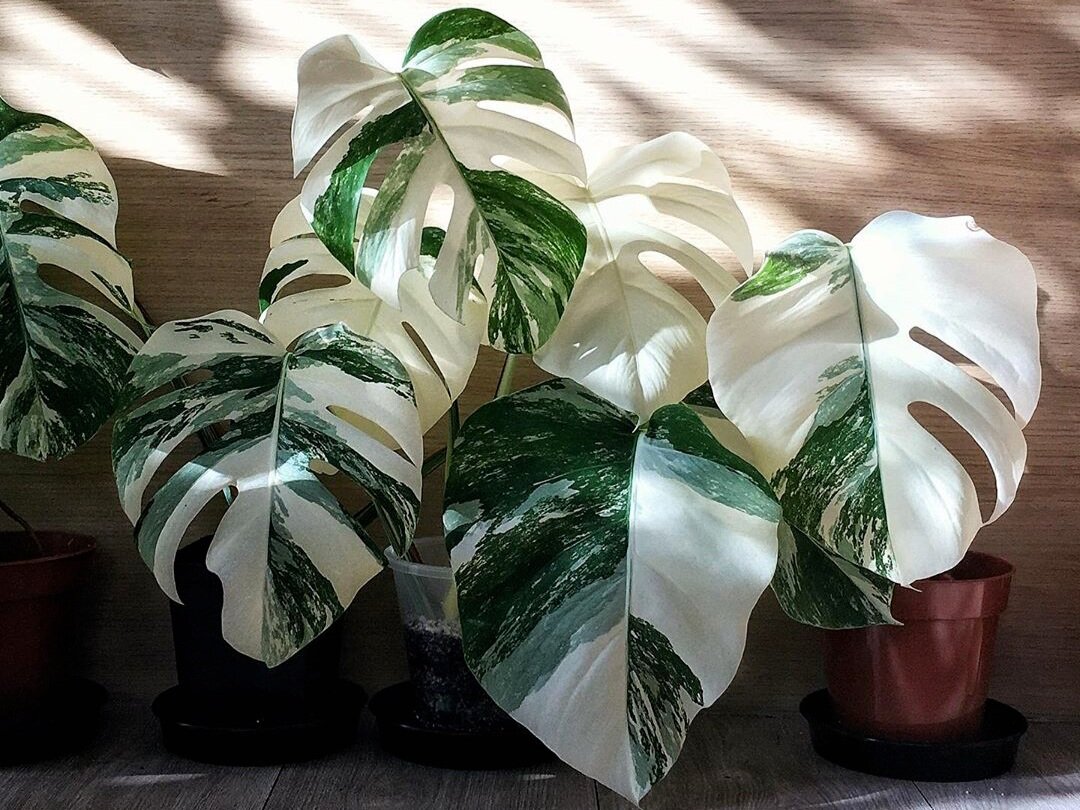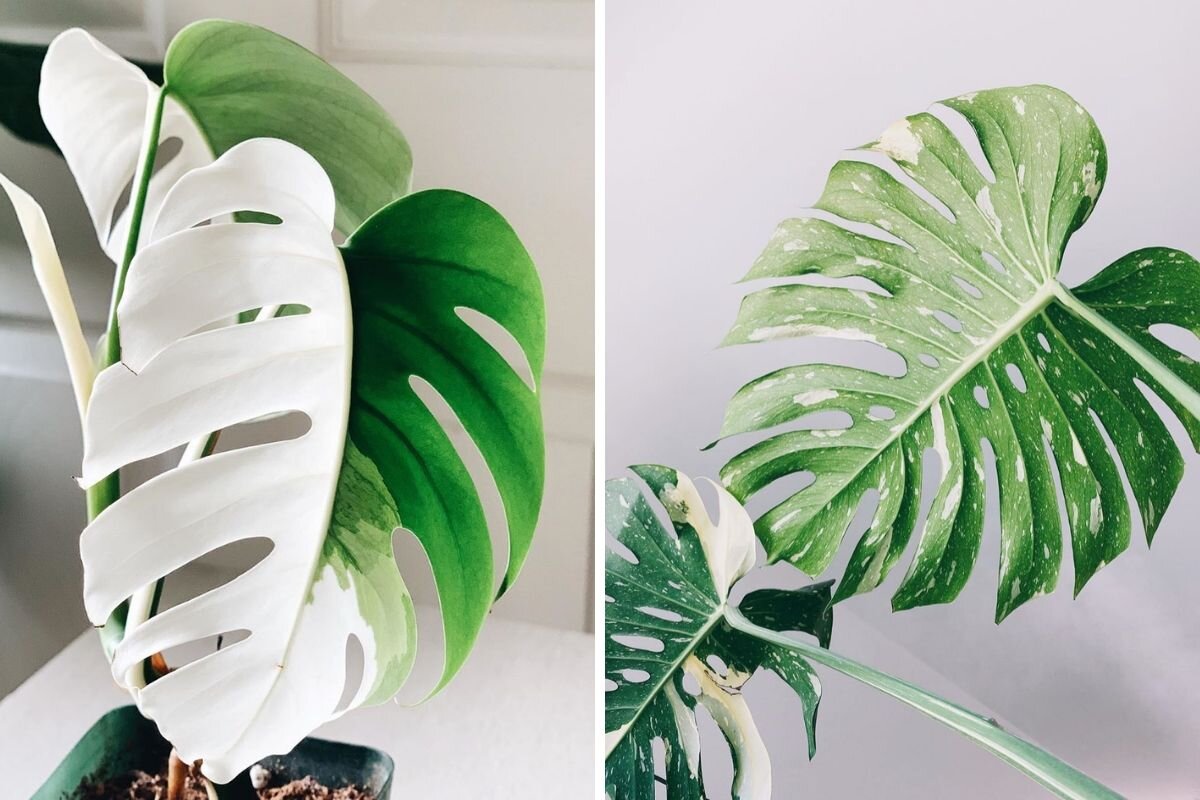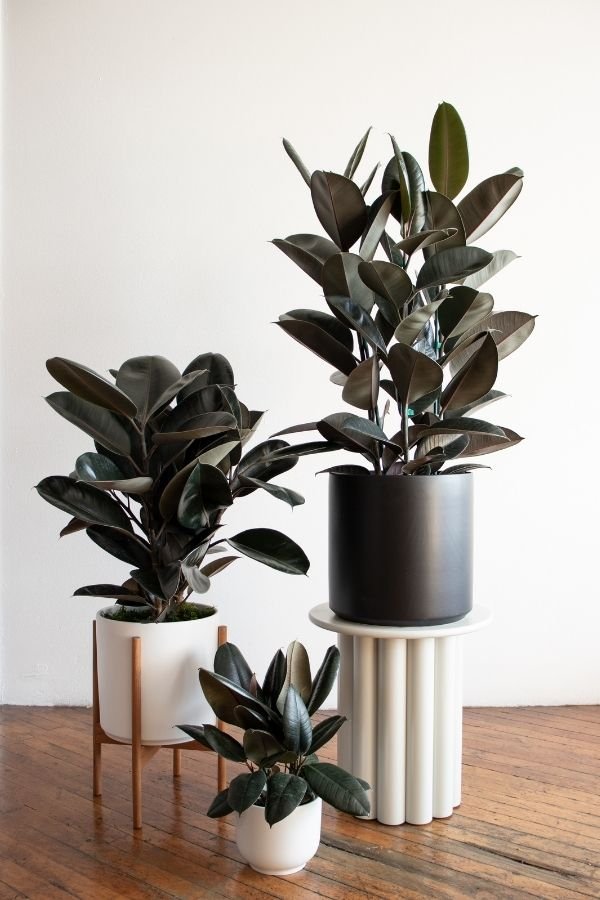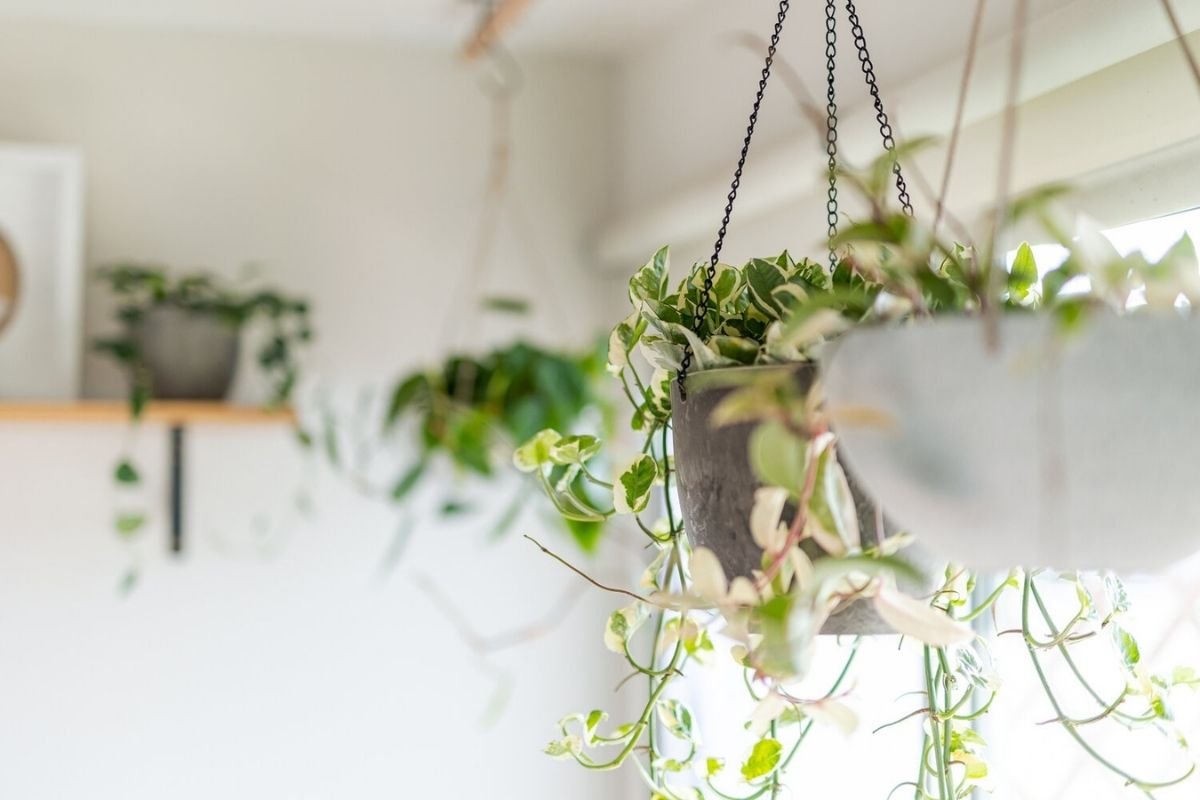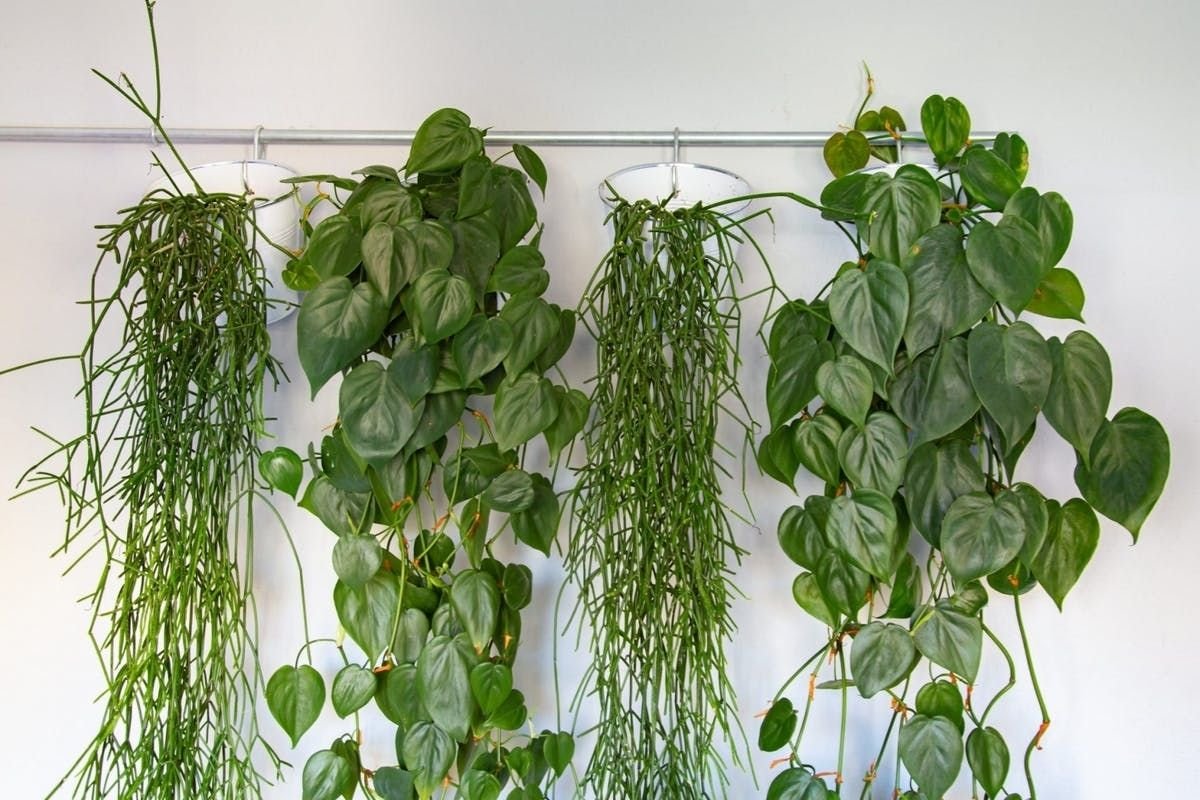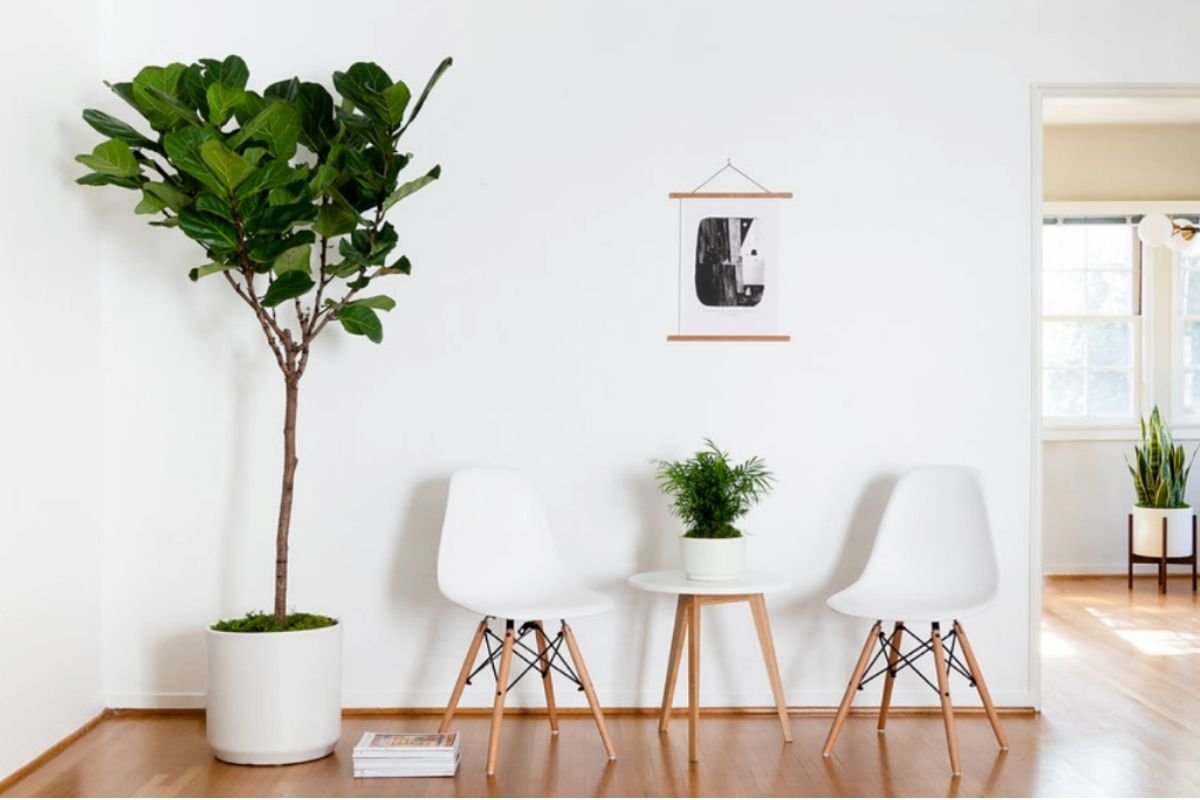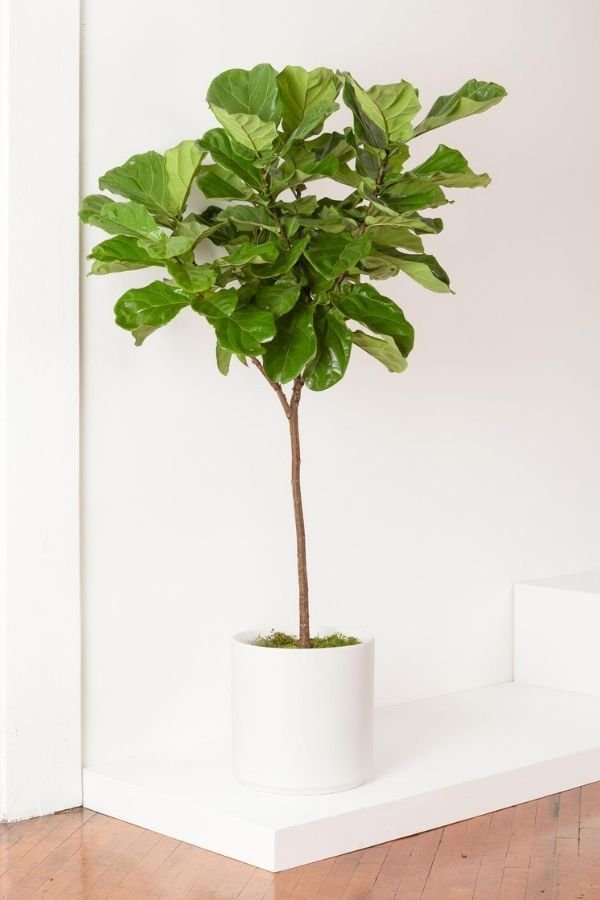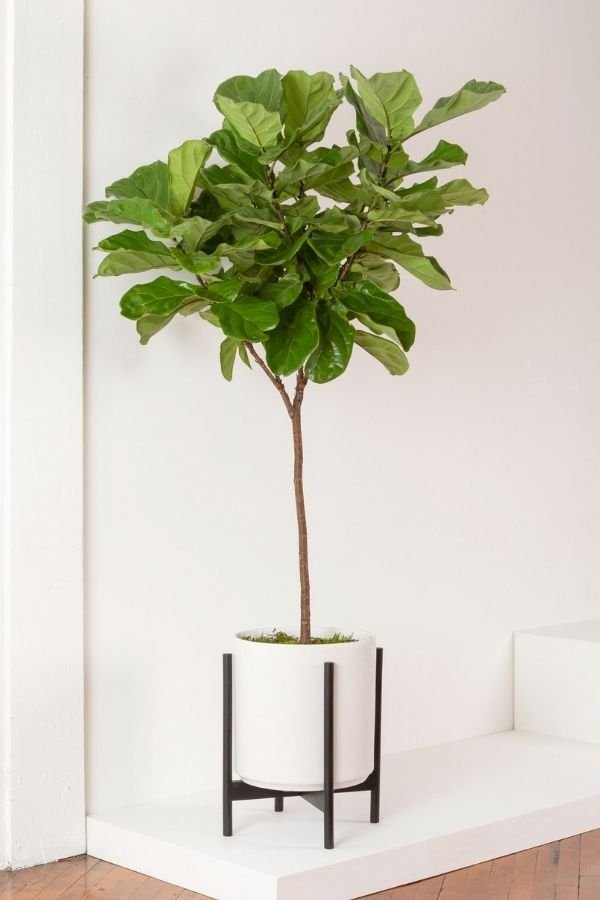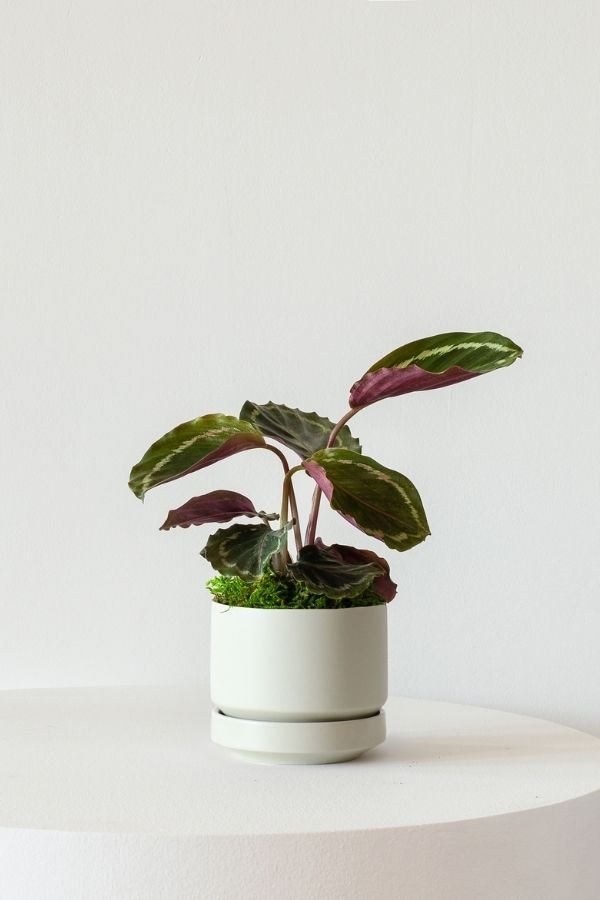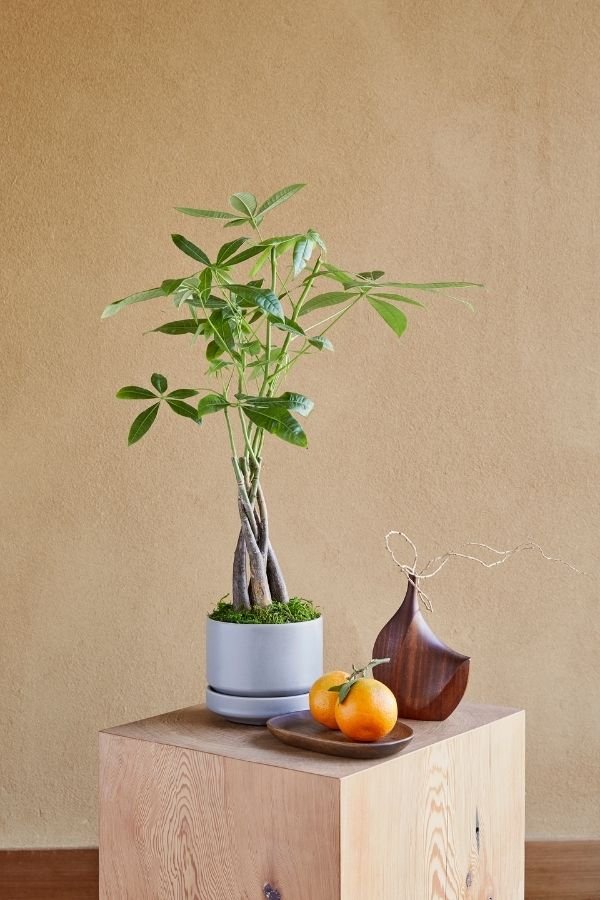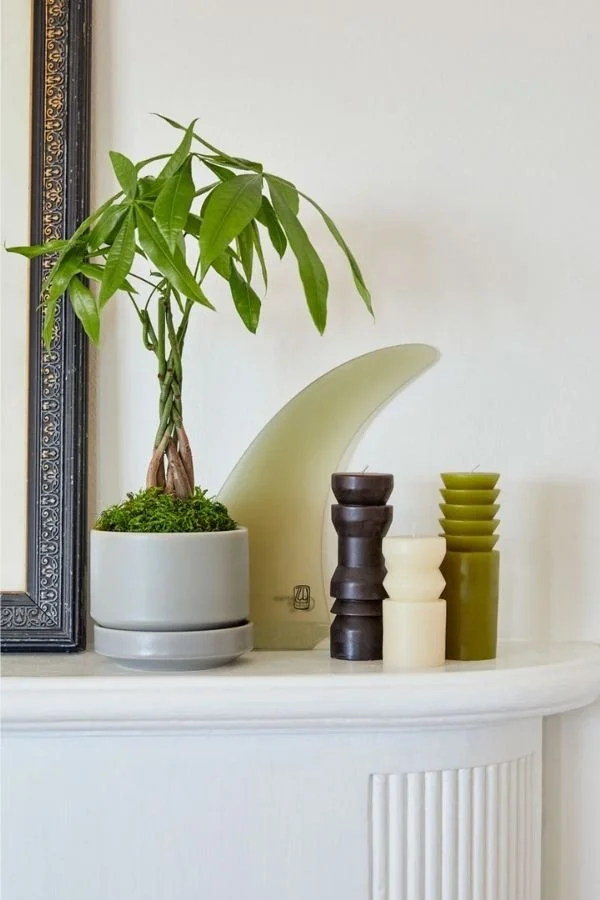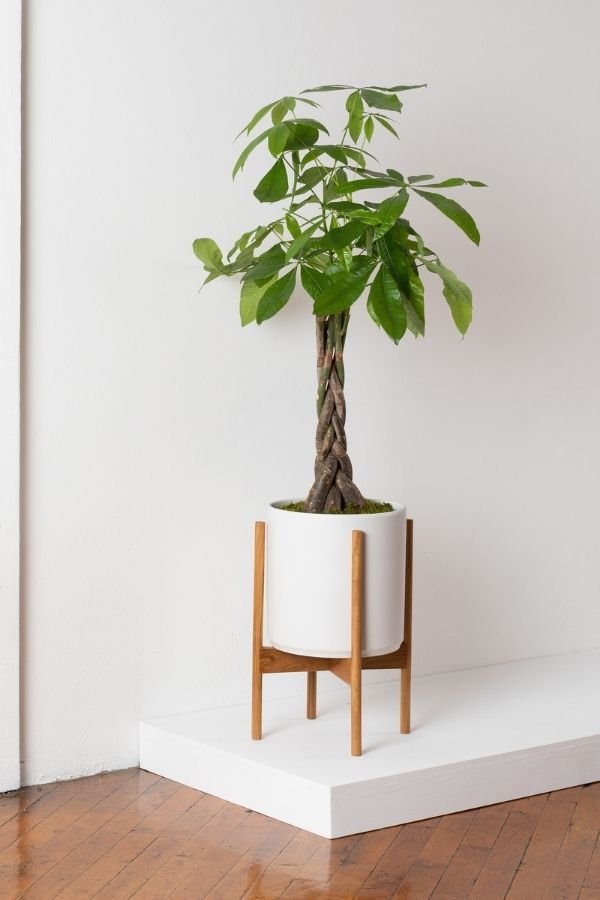A note on toxicity in indoor perennials
Indoor perennial plants like Calandivas and Anthuriums are considered to be toxic. We know, we know- it’s frustrating. But it’s simply science at work: a trait that the plant has evolved over time to deter wild animals from snacking on them. Still, it is important to consider toxicity if you live with curious kids or pets. And if toxicity is an absolute no-go, don’t panic: you still have options!
How to select a thriving, gorgeous perennial
There are always a few things to check up on as you shop to make sure you pick the perfect plant specimen for your home. When it comes to flowering perennial plants, you’ll want to look at the plant’s blossoms. A plant that is covered in mature, gorgeous blooms will look gorgeous for a spell- but because its blooms will already be older at the time you buy it, they will also brown sooner. Don’t be afraid to buy a perennial that has lots of buds that have not yet bloomed- they’re on their way!
Carefully inspect the overall foliage of the perennial, looking especially for signs of overwatering, illness and pests. A healthy perennial plant will have vibrantly colored leaves and foliage, without significant yellowing leaves or discoloration. Additionally, the leaves, stems and trunks of healthy plants will have a firm texture and strong limbs, and will not appear floppy or exhausted.
Avoid purchasing your perennial from a garden center
Once you’ve decided to buy your new perennial, it’s important to ensure that you purchase one that will thrive for years to come. After all, they’re not annuals!
Our recommendation when shopping is always to opt for a premium grower rather than a lower price tag. Stores like garden centers and home improvement stores often appear to offer low prices and convenience, but we ultimately find that purchasing plants of a sub-par quality results in a higher cost and less convenient experience overall. There are a few reasons for this:
Garden centers and home improvement stores tend to provide the same kind of care to all of their plants, regardless of the specific needs of the plants’ species. This means that many plants are overwatered during their time at these stores, and are often receiving light that’s inappropriate for their particular requirements.
Additionally, It is almost impossible to know the plant care routines that these businesses have in place from the outset, but it’s highly common for garden centers to use a one-size-fits-all approach with their plants, and although it saves time for these businesses, treating all plants in the same way is just not conducive to their health.
Purchasing your new perennial plant from a premium grower will help ensure that it has been kept in appropriate light and watered correctly. There is also the issue of insects to consider. Insects have a habit of hopping from plant to plant, and funguses and viruses tend to spread- so if you cannot guarantee that the business you’re buying your new hanging plant from treats pests and plant diseases both prophylactically and as needed, there is a chance of bringing a pest or disease-ridden plant into your space, where those issues can (and often do!) spread to other plants in their vicinity.
And finally, there is the issue of transport. Plants are resilient and strong, but no living plant loves the experience of transportation or significant environmental shifts. And flowering plants like indoor perennials are more delicate than most: they’re covered in fragile blossoms.
There are many factors at play when it comes to moving a plant from Point A to Point B: fluctuations in light, the risk of structural and foliage damage, and the risk of stress from temperature changes and forced air from A.Cs. Going to the extra mile to ensure the safe transit of your new perennial will pay dividends over time. By purchasing your plant from a business that offers doorstep delivery, and/or ships using packaging that is custom-engineered for plants, you can simply rest easy and enjoy the confidence of knowing that your plant has been amply protected and well cared for. Then lean back, and enjoy the blooms!
Even the healthiest perennial can experience stress from time to time
Stumbles can happen along the path of any plant parenthood journey. The good news? Every plant purchased from Léon & George comes with lifelong access to our Plant Doctor service: a team of expert horticulturalists, here to offer assessments, tips and adjustments, and to generally support you as you care for your plants. There’s no catch! No fees are required to enjoy this service. Free, lifelong access to the Plant Doctor service is just one of the ways that we work together to support plant owners as we green up the world together.
We’ve compiled a list of common problems that indoor perennials can face, as well as helpful guidance for assessing your plant’s health. Informed and supported plant parents are the key to our success! Click here to learn more about how to care for and grow your new perennial.




